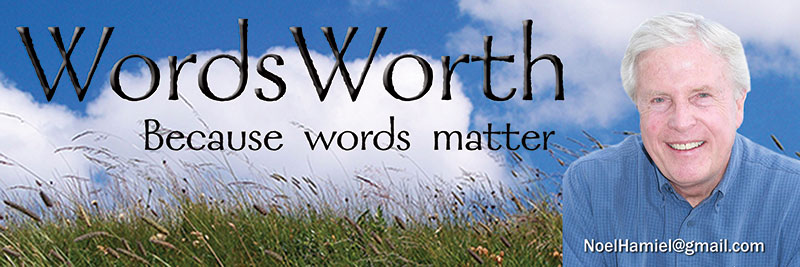Icon: An image. A sacred image venerated in churches and homes depicting Christ, the Virgin Mary, a saint or some other religious subject. – Webster’s Third New International Dictionary
Back when newspapers still had editors instead of writing coaches or team leaders, a 60ish curmudgeon offered this advice to a young reporter: “Many words and phrases are overused. Try to write something fresh for your readers.”
Good advice, but difficult to achieve.
For instance, the word “icon” pops up in news stories as often as a TV weight-loss ad after New Year’s.
When former Mitchell basketball coach Gary Munsen died, he was regularly referred to as a “South Dakota coaching icon.” Or the “iconic coach Gary Munsen.” Or even, as one broadcaster put it, “the legendary coaching icon, Gary Munsen.”
It wasn’t enough to be iconic.
Not to take anything away from the coach, because his remarkable record speaks for itself. His strength was motivating his players to exceed expectations. How did he do it? If I knew the answer to that, I would bottle it, sell it and quit buying Powerball tickets.
But was Munsen an “icon?” Of course he was, using today’s popular definition.
The online dictionary, Dictionary.Com, says this: “A person or thing that is revered or idolized: Elvis Presley is a cultural icon of the 20th Century.”
Merriam Webster’s online definition: “A small picture on a computer screen that represents a program or function” followed by, “A person who is very successful and admired.”
Clearly, the word “iconic” has taken on a life of its own.
Just recently in news reports:
“The ‘iconic’ redwood forest symbolizes one of California’s greatest resources.”
“Yogi Berra, the ‘iconic’ Yankee catcher known for his ‘Yogi-isms,’ died today. He was 90.”
“One of the best-known entertainers in the world, the ‘iconic’ Madonna is one of only a handful known by a single name.”
“This recently hung billboard evokes the ‘iconic’ image of Iwo Jima, but U.S. Marines are shown standing on a pile of dead Muslims.”
“Monday we honor Dr. Martin Luther King, the ‘iconic’ civil rights leader.”
Gov. Dennis Daugaard, not someone I ordinarily associate with the journalism field or the culturally hip, said this recently:
“The proposed state park would contain ‘iconic’ natural features in the canyon.”
And later, in referring to the proposed Spearfish State Park, offered this: “Just as Mount Rushmore and Crazy Horse have become ‘iconic’ images in the mind of our visitors . . . I believe Destiny will become one, as well.”
My mental icon image reservoir overfloweth.
Jan. 27, 2016
